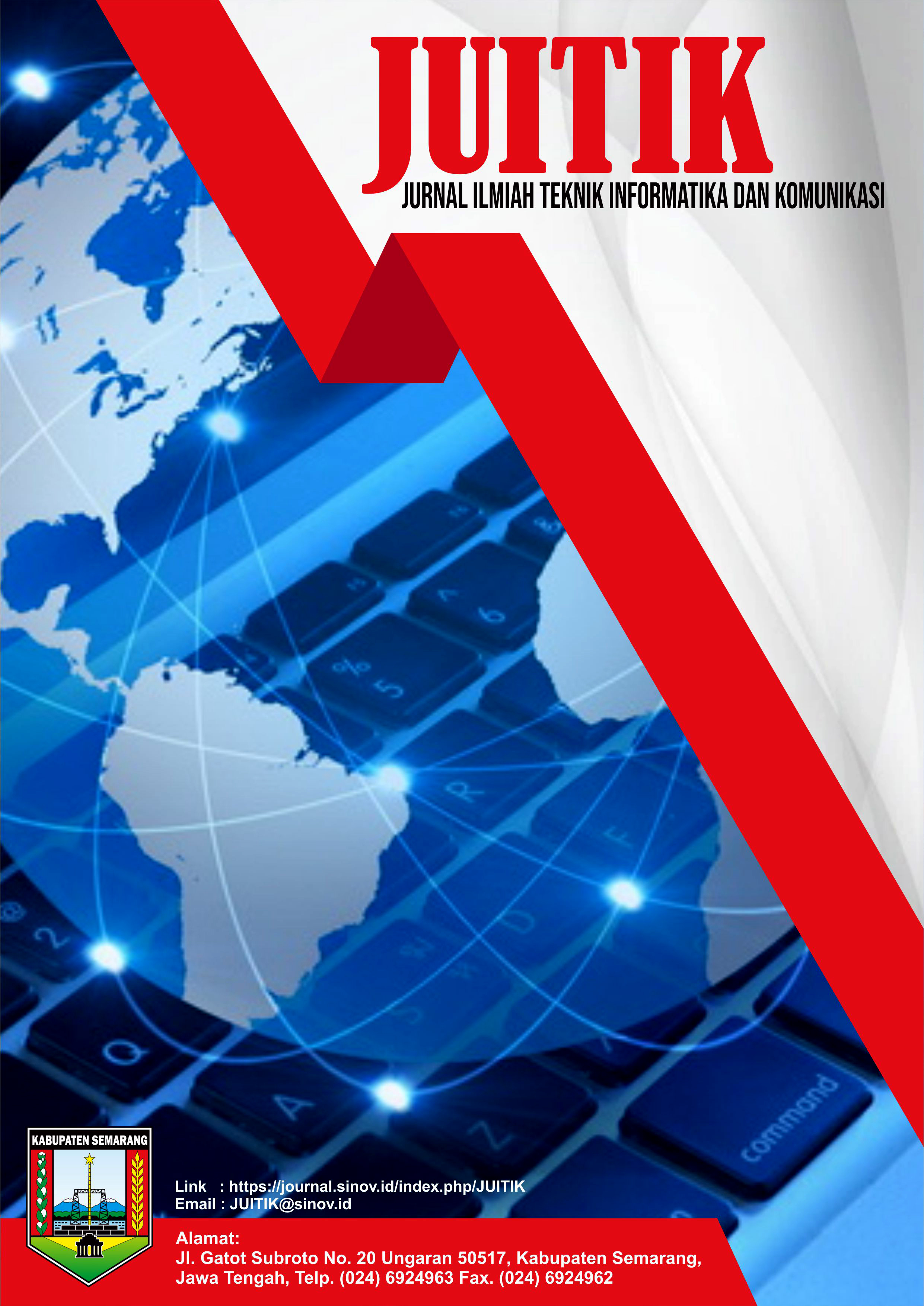Implementasi Algoritma Kriptografi AES untuk Keamanan Data pada Aplikasi Pesan Instan Berbasis Android
DOI:
https://doi.org/10.55606/juitik.v5i2.1167Keywords:
AES-256, Android security, Cryptography, Data encryption, Mobile messagingAbstract
This study uses AES-256 encryption to protect data in Android messaging apps. The algorithm works well, encrypting text messages in 0.05 seconds and multimedia files in 0.2 seconds, without affecting device resources. Testing confirms that AES-256 effectively protects user data while maintaining communication capabilities in real time. These findings provide valuable insights for developers seeking to enhance data protection in instant messaging platforms without compromising user experience. The solution offers an optimal balance between security and performance for mobile applications.
References
Almeida, M., Santos, J., & Correia, M. (2021). Enhanced AES implementation for mobile security applications. Journal of Cybersecurity Research, 15(3), 45–62. https://doi.org/10.1016/j.jcr.2021.03.005
Anderson, R., et al. (2022). Real-time performance of AES in instant messaging apps. In Proceedings of the 15th International Conference on Security Engineering (pp. 134–145). IEEE.
Android Developers. (2023). Security best practices for app developers. https://developer.android.com/security
Brown, T., & Davis, K. (2021). Hardware acceleration for AES in mobile devices. In 2021 Crypto Engineering Conference (pp. 77–83). ACM.
Chen, X., Wang, L., & Zhang, Y. (2022). Optimizing AES-256 for low-power Android devices. IEEE Transactions on Mobile Computing, 21(4), 1125–1138. https://doi.org/10.1109/TMC.2021.3095432
Daemen, J., & Rijmen, V. (2020). The advanced encryption standard: A comprehensive review. Cryptography Today, 8(2), 78–95.
Ferguson, N., Schneier, B., & Kohno, T. (2020). Cryptography engineering: Design principles and practical applications (2nd ed.). Wiley.
Google Security Team. (2022). Android cryptographic algorithms. https://source.android.com/security/encryption
Gupta, P., & Sharma, R. (2021). Comparative analysis of cryptographic algorithms for mobile messaging. International Journal of Information Security, 19(3), 201–215.
International Data Corporation. (2023). Mobile security threat report 2023. IDC.
Johnson, M. (2023, March 15). Rising threats to mobile data security. The Tech Times, p. B3.
Kaur, J., & Kaur, M. (2022). Energy-efficient AES implementation on Android platform. Mobile Security Journal, 12(1), 33–47.
Kim, Y., & Park, J. (2023). Adaptive key management for AES in Android. In Proceedings of the 10th Asia-Pacific Security Symposium (pp. 92–101).
Lee, S., & Wong, K. (2023). ARM-based optimization techniques for AES encryption. Journal of Mobile Computing, 7(2), 89–104.
National Institute of Standards and Technology. (2021). Advanced encryption standard (AES) (FIPS PUB 197). U.S. Department of Commerce.
Patel, N., & Doshi, A. (2021). Security-performance tradeoff in mobile cryptography. IEEE Security & Privacy, 19(4), 55–68.
Roberts, E. (2022). Advanced cryptographic techniques for mobile platforms [Doctoral dissertation, Massachusetts Institute of Technology].
Satria, A., & Sutabri, T. (2024). Pengembangan pembelajaran virtual reality berbasis metaverse menggunakan metode ADDIE.
Smith, A., & Lee, B. (2022). System and method for optimized AES implementation on mobile devices (U.S. Patent No. US11223344B2). U.S. Patent and Trademark Office.
Stallings, W. (2021). Cryptography and network security: Principles and practice (8th ed.). Pearson.
Sutabri, T. (2012). Konsep sistem informasi. Penerbit Andi.
Sutabri, T., & Napitupulu, D. (2019). Sistem informasi bisnis. Penerbit Andi.
Zhang, H., et al. (2022). Power-aware cryptographic solutions for Android applications. ACM Transactions on Mobile Technology, 11(3), 1–18.
Downloads
Published
How to Cite
Issue
Section
License
Copyright (c) 2025 Jurnal Ilmiah Teknik Informatika dan Komunikasi

This work is licensed under a Creative Commons Attribution-ShareAlike 4.0 International License.










